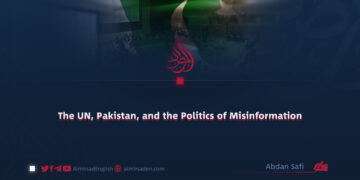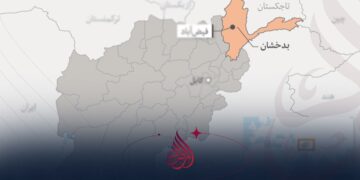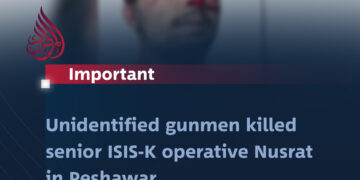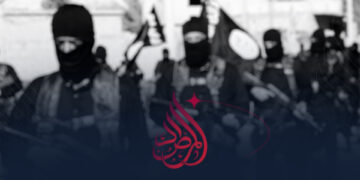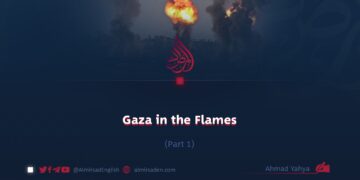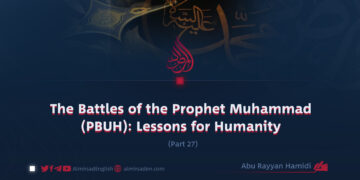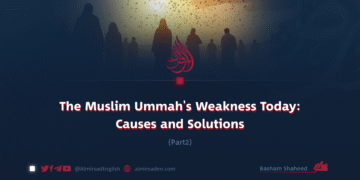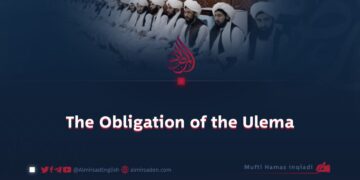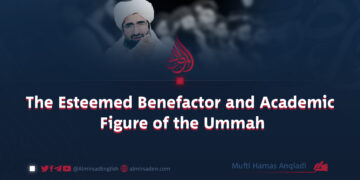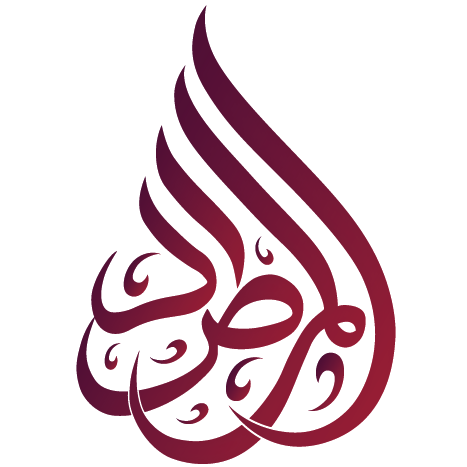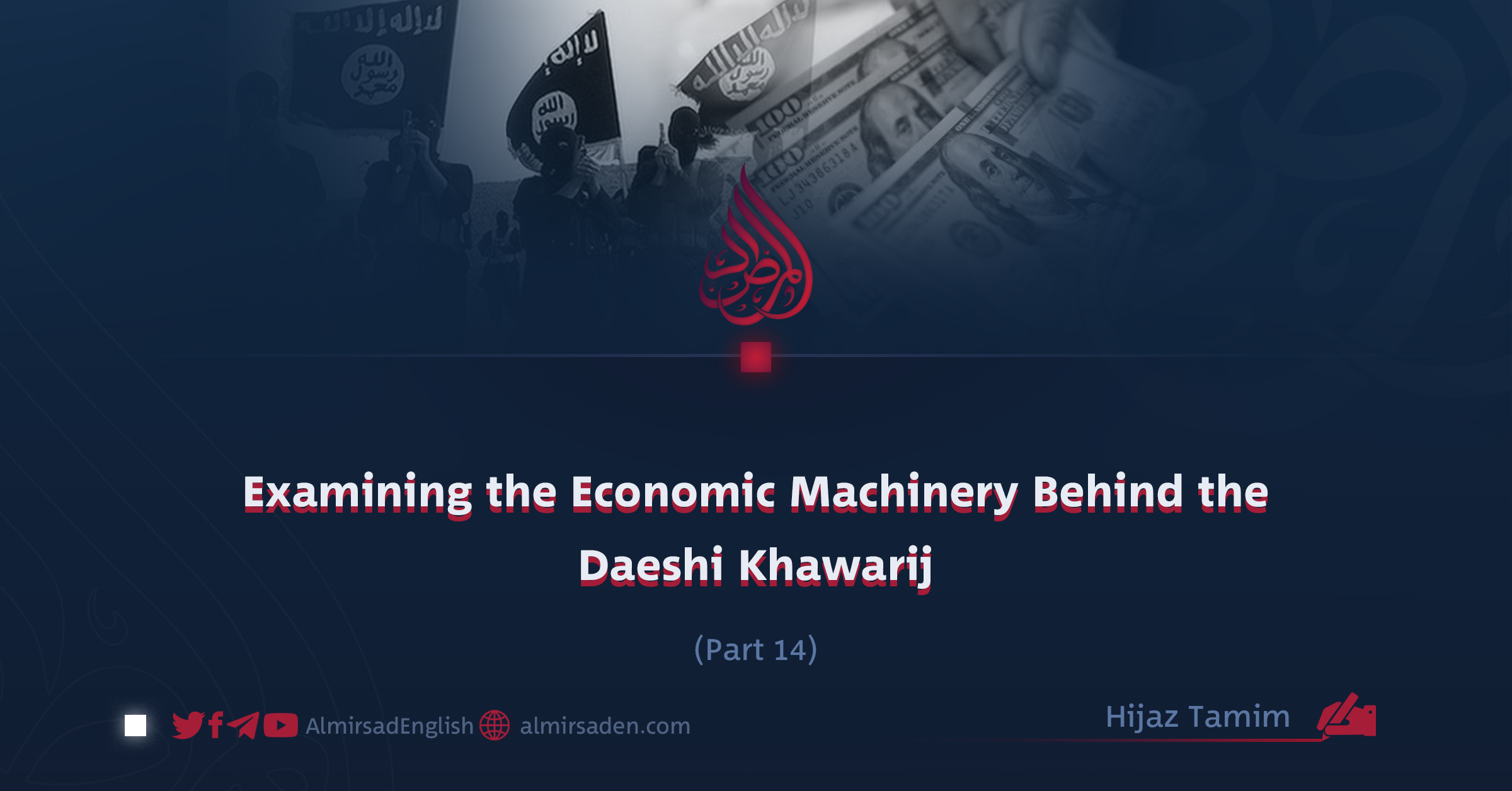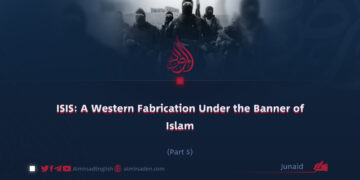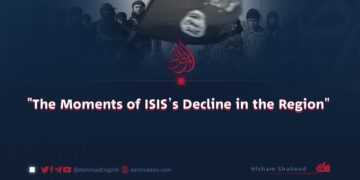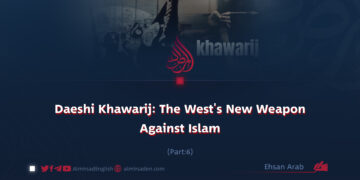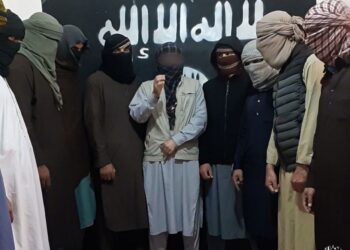Part 14
By Hijaz Tamim
Human Trafficking Revenue (3)
In territories under its control, including Deir ez-Zor, Raqqa, Nineveh, and parts of Libya and Afghanistan, ISIS developed extensive human trafficking networks. The group placed particular emphasis on women from ethnic, religious, or political minorities, especially the Yazidis. Victims were abducted by force or taken from vulnerable families and then sold for sexual slavery, domestic labor, or resale.
According to credible reports, ISIS generated between $1,500 and $4,000 for each trafficked woman or girl. This trade became a central element of its war economy. Human trafficking was not only a source of profit but also a means of rewarding and motivating fighters, transforming sexual slavery into a structured and systematic revenue stream.
International organizations, including the UN Human Rights Council, Human Rights Watch, and the International Centre for the Study of Radicalization, have documented how ISIS used trafficking not only to spread fear but also to strengthen its intelligence, logistical, and financial networks. To shed light on the scale and methods of these crimes, several documented cases are presented below, based on reliable international sources. Each case outlines the location, targeted individuals, traffickers, financial gain, methods, outcomes, and lessons learned.
Case 1: Human Trafficking and Sexual Slavery in Syria
– Location: Eastern Syria, Deir ez-Zor
– Targeted Individuals: Girls aged 15 to 25
– Traffickers: ISIS militants and local trafficking networks
– Financial Gain: Approximately $2,000 per woman (initial sale)
– Method: Victims were sold for sexual slavery and domestic labor. Some were transported to other regions.
– Outcome: International humanitarian organizations rescued some women, but many remained in captivity.
– Lesson: Human trafficking provided ISIS with a steady and reliable stream of income.
Case 2: Trafficking of Children as Fighters
– Location: Mosul, Iraq
– Targeted Individuals: Boys aged 12 to 16
– Traffickers: ISIS militants
– Financial Gain: Around $1,500 annually per child conscripted
– Method: Boys were abducted or taken from impoverished families, indoctrinated, and trained as fighters. Some were sold or transferred to other armed groups.
– Outcome: A limited number of children were rescued by local security forces, but most remained under ISIS control.
– Lesson: Through child trafficking, ISIS expanded its military ranks while generating financial profit.
Case 3: Trafficking Women as Laborers
– Location: Raqqa, Syria
– Targeted Individuals: Women aged 20 to 35
– Traffickers: ISIS in cooperation with local trafficking networks
– Financial Gain: Between $1,200 and $1,800 per woman
– Method: Victims were trafficked for domestic service and commercial labor.
– Outcome: Some women were freed with the help of local humanitarian groups, though many others remained trapped.
– Lesson: Labor trafficking served as an additional source of economic revenue for ISIS.
Case 4: Women Trafficked Across Borders
– Location: Salah al-Din Province, Iraq
– Targeted Individuals: Women aged 18 to 30
– Traffickers: ISIS militants and regional smugglers
– Financial Gain: On average, $2,500 per woman
– Method: Victims were sold and transferred to other ISIS-controlled territories for sexual slavery and domestic servitude.
– Outcome: Some women were eventually rescued, but many remain unaccounted for.
– Lesson: Cross-border trafficking allowed ISIS to channel financial resources between regions, sustaining its operations.
This record of documented cases underscores not only the brutal exploitation carried out by ISIS but also the systematic way in which human trafficking was embedded into the group’s financial and military machinery.



